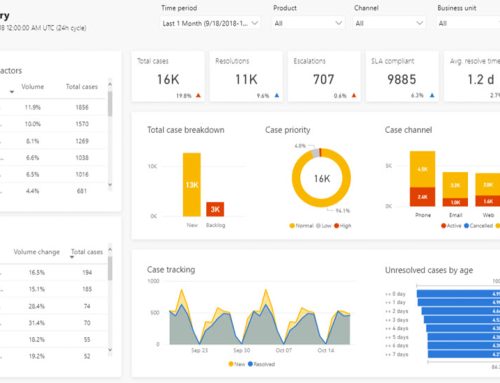The 8D problem solving is a methodology which is specifically designed to find the root cause of the problem, devise a short term fix and implement a long term solution to prevent recurring of the problem. 8D is an excellent step to improve the quality of a product when it is clear that your product is defective and isn’t satisfying your costumers.
The 8D problem solving process is a detail team oriented approach to solve the critical problems in the production process. The goal is simply to find the root of the problem and to develop a disciplined action to protect the customers and to take corrective actions to prevent similar problems in the future.
The strength of the 8D process lies in its structure, discipline and methodology. The 8D process uses a blended methodology, utilizing the best practice various existing approaches. This problem solving method drives systematic change, improving the overall process in order to avoid not only the problem but to other issues that may stem from a systematic failure.
Implementation Steps of 8D Problem Solving Method
Below mentioned are the 8 disciplines of the problem solving methodology.
D0 – Plan
This discipline is otherwise called the Pre 8D in light of the fact that it plans to have a general questions of the problem and to decide whether the 8D problem solving process is the correct method to use. At this stage the group plans to answer general questions, for example;
- Is this another problem or has it occurred before?
- Is this a repeating problem?
- What is the history of this problem?
- What was the method used to take care of the problem before?
D1 – Team Formation
Make the team that will lead the 8D’s. Educate them on the disciplines, and include a person from that area personally involved with and having knowledge about the problem. For instance, in the event that it is a part problem, one of the members should be the engineer who is in charge of the part’s design and capacity. On the off chance that it is a production problem; the team should include the head of that area.
D2 – Describe the Problem
To describe and totally distinguish the problem, the team gathers information about it. This can include Gemba walks, on which staff walk onto the industrial facility floor to watch the problem while it happens. After the team has gathered the related information, it dissects and arranges the points. The outcome is a complete depiction including where, when, and why the problem is happening, and who and what it is the reason.
D3 – Develop a Temporary Containment Plan
While taking care of the problem, there should be a temporary containment plan to keep the problem from influencing whatever remains of the task or the final product. This temporary containment plan is a temporary activity, for example, including more work force, expanding the quality measurements, applying a risk plan, and so forth.
It is imperative to comprehend that the containment plan isn’t the real arrangement and is just to be utilized for a short term. Along these lines, this plan can be connected inside and not influence the way toward achieving the permanent solution.
D4 – Determine and Verify Root Causes
This stage intends to research the main cause of the problem; it can be viewed as the core of the 8D problem solving process. In numerous problems, what we see as causes are the indications of other main causes. This misconception can prompt incorrect attempts at arrangements that can have negative outcomes later on and leave the basic problem unsolved.
D5 – Verify Permanent Solution
After characterizing the main cause of a problem, the team at that point creates and picks plans to amend it. The team can use meetings to generate new ideas and apparatuses, for example, Affinity Diagrams to arrive at the authoritative actions to make.
D6 – Implement the Permanent Solution
Once the solution is affirmed, this stage tends to function as an activity plan. This plan intends to outline the steps that should be taken to execute the solution. It is normal to make questions in this stage, for example, what to do? Who should be involved with the correction plan?
D7 – Prevent Recurrence
Once the action plan is set and prepared to be implemented, the team should set up a plan to keep the problem from happening later on. The activity plan should be tried and archived as a feature of the procedure so as to forestall repeat of the problem. A portion of the instruments that can be utilized to accomplish this objective are control charts, capabilities analysis, and control plans.
D8 – Congratulate Your Team
Subsequent to finishing task and implementing the solution, the team deserves an affirmation of their work and celebration as well. This will positively affect the partners. This additionally reflects acknowledgment of representatives’ endeavours from the administration inside the organization.






